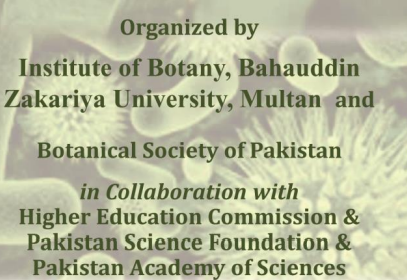
PJB-2024-1508
Leaf micromorphological traits of legumes from Takkar wildlife sanctuary
Jamil Raza, Mushtaq Ahmad, Zabta Khan Shinwari, Muhammad Zafar, Salman Majeed, Akmaljon Joraev and Khusniddin Bobojanov
Abstract
This study elucidates the micro-morphology of leaf among wildlife sanctuary inhabited leguminous species adapted to arid environment. The foliar structures that enable its survival in arid conditions are little recognized. The comparative anatomical attributes of 10 leguminous species were analyzed using bio imaging microscopic techniques. Both surfaces of the leaves exhibited differences in their leaf anatomical traits including type of stomata, epidermis, anticlinal wall, and diversity of trichomes. The epidermal cells shape was reported as polygonal, tetragonal to pentagonal and wavy. The largest epidermal cells were examined in Dalbergia sisso (47.5 μm) on adaxial side and Prosopis cineraria (38.5 μm) on abaxial surface. Largest stomatal complex was recorded for Dalbergia sisso (24.9 μm) on abaxial, while the smallest (8.28 μm) for Prosopis juliflora on adaxial side. Unicellular trichomes were observed on both surfaces of Crotalaria burhia while glandular trichomes were located in the coastal zone of Prosopis juliflora. The easy and quick identification of micromorphological markers of leguminous species reflect their adaptations to aridity in a wildlife sanctuary habitats. The current findings of the foliar micromorphological traits are of special interest for plant taxonomists for the correct identification of leguminous species
To Cite this article: Raza, J., M. Ahmad, Z.K. Shinwari, M. Zafar, S. Majeed, A. Joraev and K. Bobojanov. 2024. Leaf micromorphological traits of legumes from Takkar wildlife sanctuary. Pak. J. Bot., 56(1): DOI: http://dx.doi.org/10.30848/PJB2024-1(31)
Download PDF


